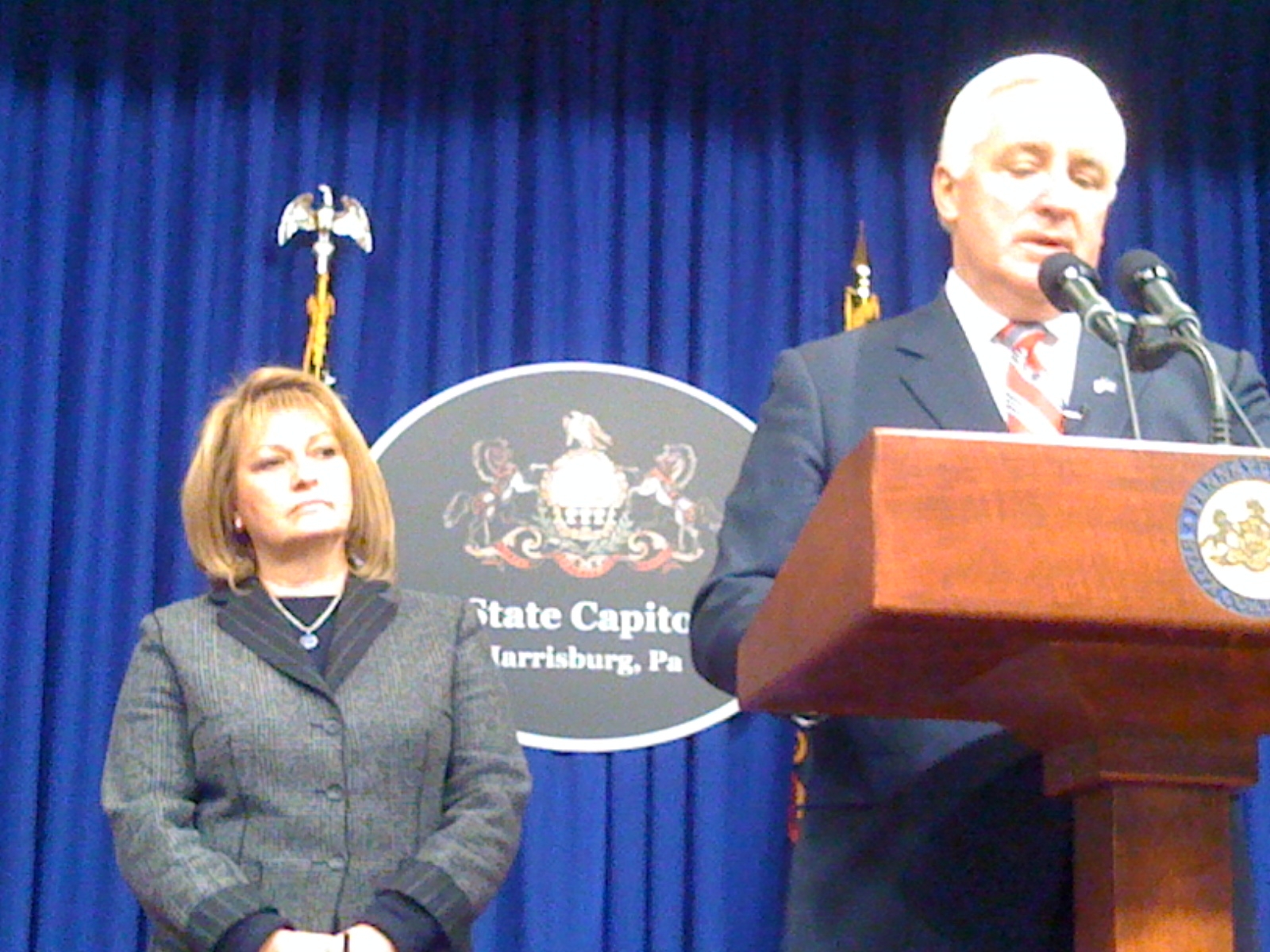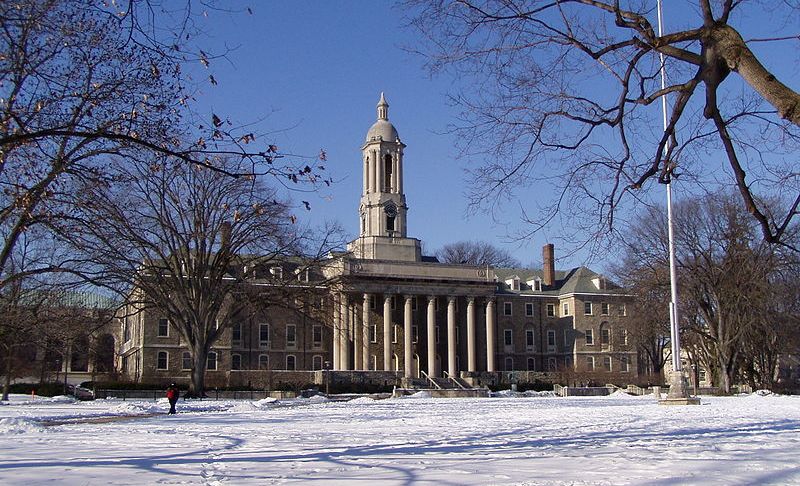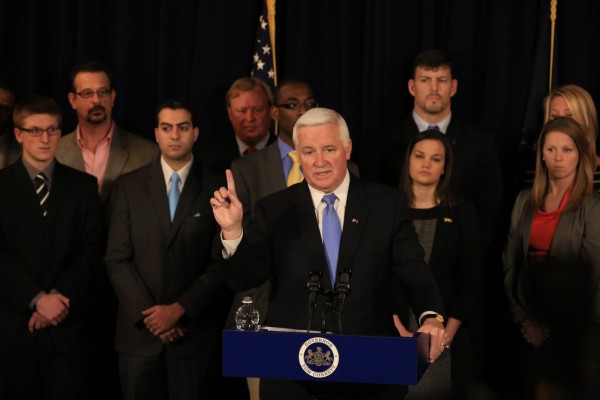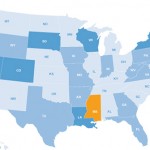State Budget’s Education Cuts Scrutinized
It’s a budget that represents shared sacrifices, and president of Pennsylvania Partnerships for Children Joan Benso says kids are sharing a big chunk of the sacrifice. Benso’s budget reaction is somewhat mixed. For instance she says the $100-million dollar restoration for Accountability Block Grants will be helpful. “But for example… in Harrisburg, their school board voted to go back to part-day K, the restoration simply isn’t enough,” Benso says. The Accountability Block Grants are used in large part to fund full-day kindergarten programs across the state. Governor Tom Corbett’s original budget proposal would have eliminated them. Lawmakers worked to restore $100-million of last year’s $259-million dollar line item.
The Pennsylvania State Education Association (PSEA) – the state’s largest teachers union – is lamenting what they calculate to be $860-million dollars in cuts to public education. “We’re very concerned about the consequences this is going to have on student performance,” says PSEA spokesman David Broderic. “Pennsylvania students in public schools have made dramatic gains in student performance in the past six years, and part of that has to do with resources being directed at programs that work.”
The “Basic Education Funding” line item will receive $5.35– billion dollars this year. Last year’s appropriation included $4.73-billion state dollars, in addition to roughly a billion federal stimulus dollars, which are no longer available. “States were warned not to use that money in a way that would create long-term obligations, and unfortunately that’s exactly what Pennsylvania did,” says state Education Secretary Ron Tomalis. As the new budget forces the state to live within its means, Tomalis says the education system will have to do the same. Overall, public education and K – 12 educational programs will receive $10.1-billion dollars in FY2012.
Higher education was projected to receive a 50% state funding cut, according to Governor Tom Corbett’s March 8th budget proposal. Those figures have since been mitigated to 18% cuts to the 14-universities in the State System of Higher Education, 19% cuts to the state related universities (PSU, Pitt, Temple and Lincoln). The State System’s board has already approved a 7.5% tuition hike for the new school year. Even more recently, Temple became the first state related university to approve a new budget. It calls for a 10% tuition increase. Penn State’s trustees will set new tuition rates next Friday (July 15th). The higher education funding issue isn’t likely to go away anytime soon. “I think that we should take the summer and the fall to get a better understanding of some of these issues, and then be prepared for next year when the budget comes around again,” says State Senator Jake Corman, who chairs the Appropriations Committee. The Centre County Republican also represents State College, which is – of course – home to Penn State University.













While the $5.35 billion budgeted amount for basic education is an improvement over the 2010 appropriation, I want to comment about our local school administrators’ and school board’s use of these appropriations. Having acquired a promise to accept a salary freeze from its teaching staff and using attrition to reduce the number of faculty members, our local directors have assured that classes will be larger in size while money is saved. While this is an accepted expectation given the current economic circumstances, it is not acceptable that our local administrators and directors transfer precious tax dollars into their capital fund to purchase buildings for expansion of administrative offices and building a huge brick “shed” spending $$ thousands $$. While the state is trying to be more responsible by investing dollars for our local classrooms, our local administrators and school directors are happily building and expanding non-classroom needs. Where’s the audit???? Where’s the accountability????